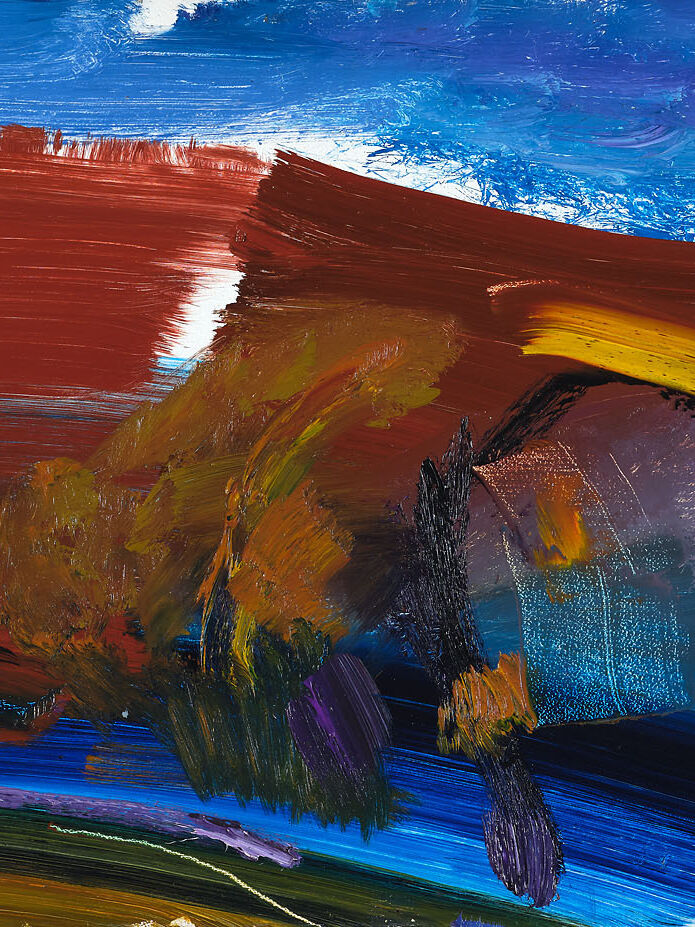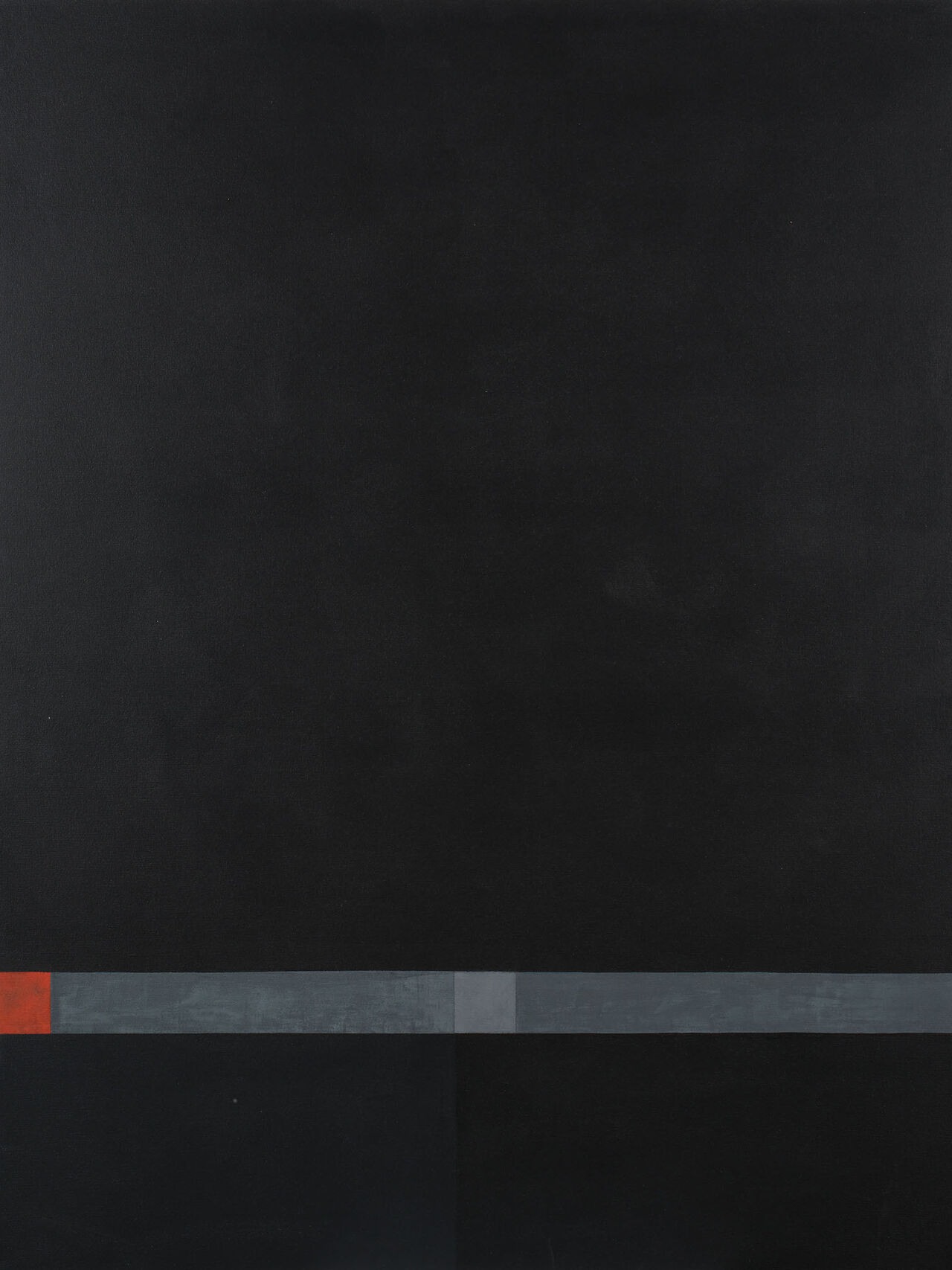John Reynolds 'Kepler's Dream'
Laurence Simmons
Essays
Posted on 4 August 2025
Around 1611, Johannes Kepler, one of the world’s greatest astronomers, circulated a manuscript of what would eventually be published as Somnium (The Dream). Part of the purpose of Somnium was to describe what practising astronomy would be like from the perspective of another planet, and to show the feasibility of a non-geocentric universe. The manuscript described a fantastic trip to the moon; it was part allegory, part autobiography, and part treatise on interplanetary travel. It was described by Kepler’s biographer, Arthur Koestler, as “the first work of science fiction.” Koestler paints the picture of a man astride the crest of a great “watershed” in Western intellectual history: on one side is the medieval world where science is dominated by religion; on the other the modern world in which science finally becomes a discipline unto itself. The Somnium is a twilight work for it marks the end of an old era and the beginning of a new one, and it is an imaginative modern work anchored in fact and rich in rational scientific theory. Astronomia nova was the title of another of Kepler’s works. Kepler opened the way for a new vision of the universe as the home of a plurality of worlds.


Reynolds’ homage to Kepler and his dream is full of hooks and barbs, hyphens and ellipses, resistors and capacitators, mysterious circuit switchers. Reynolds’ marks, falling from top to bottom, both differentiate and tie things together. From a distance the barbs of Reynolds’ hooks begin to dance excitedly across the surface. Close-up our attention is further captured by the gatherings of branch-like symbols — pectiforms (eyelashes), claviforms (clubs), flabeliforms (tufts of grass), penniforms (branches with fronds), tectiforms (hut-like buildings) — that Reynolds has borrowed from the cave art at Chauvet and Lascaux which is thought to be more than thirtythousand years old. With these specific and repeated painted signs investigators now believe that our Paleolithic ancestors were attempting a form of written language twenty-five thousand years earlier than was previously thought. The impulsive line in Reynolds’ painting has often been compared to children’s drawings but it represents a return to the archaic rather than the infantile, to that distant proto-language of Chauvet and Lascaux. How then does Reynolds bring them together, the Paleolithic and the Keplerian? We might say that he flirts with his References, rubbing one up against the other. Kepler’s mathematical drawings, his geocentric motions of Mars, the hexagonical symmetry of the snowflake that he was fascinated with, placed alongside the proto-linguistic Stone Age signs. All of this against a Prussian blue twilight sky background, a thin acrylic applied so that fluid drips, and veiled flows of colour interrupt and cover broad surfaces. The painted ground promises transcendence or sublime experience, both terrestrial twilight and the spongy blackness of deep space. This, we might proclaim, is painting from the perspective of another planet.
The shapelessness of our postmodern world tells us that we have lost our sense of the past, that we have ruptured all traditions, but in Reynolds we have a learned painter — and a learned painting — one that connects us back to our traditions, back even to the handiwork of Stone Age predecessors. All artists rifle their pasts. In Kepler’s Dream Reynolds ransacks his lexicon of imagery with refreshed abandon. Here again is Mondrian, one of his favourites, and this time it is a Reference to the abstracted seascapes. With Kepler’s Dream we are present at the discovery of painting’s past as it is being painted into the future. Johannes Kepler, we have suggested, was on a similar cusp. The visual array of mark-making in Kepler’s Dream is both monumental and daring in its expansiveness. The effort of storytelling, the drive to make a narrative possible inside a painting, indeed across paintings set in a triptych like this, is one of Reynolds’ lasting subjects. Similarly, Kepler’s continuous writing of his Somnium never absolved him from the creation of a new universe made through observation, conjecture, and imagination.



